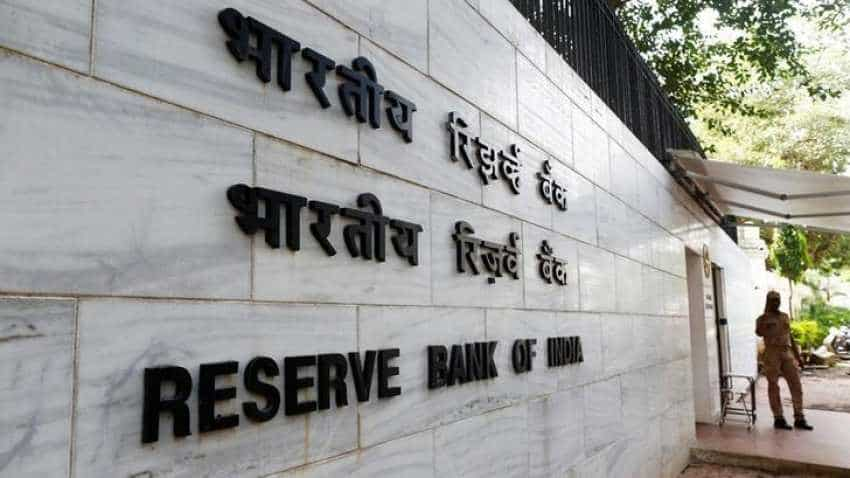Bad loans: RBI reveals top 20 defaulters of PSBs account for Rs 2.36 lakh crore
According to the central bank data, top 20 defaulters of public sector banks have Rs 2.36 lakh crore non-performing assets (NPAs), which is about 50% of the total loan exposure of Rs 4.69 lakh crore to the top 20 borrowers as of fiscal 2018-end. However, in case of private banks, the defaults by top 20 defaulters are 34% of the loan exposure of Rs 1.31 lakh crore to the top 20 borrowers.

Reserve Bank of India (RBI) has revealed that the top 20 defaulters of public sector banks account for Rs 2.36 lakh crore, or 20%, of total bad loans in India, though it is yet to reveal their names. The total bad loans in the Indian banking system are Rs 10.2 lakh crore as of March 31, 2018.
The RBI data, obtained by DNA Money through the Right to Information Act, shows that the loan exposure is highly concentrated, especially in government-controlled banks.
According to the central bank data, top 20 defaulters of public sector banks have Rs 2.36 lakh crore non-performing assets (NPAs), which is about 50% of the total loan exposure of Rs 4.69 lakh crore to the top 20 borrowers as of fiscal 2018-end.
However, in case of private banks, the defaults by top 20 defaulters are 34% of the loan exposure of Rs 1.31 lakh crore to the top 20 borrowers.
According to Amarjit Chopra, former president of Institute of Chartered Accountants of India (ICAI), the massive concentration of bad loan is the outcome of poor management.
“It reflects poorly on the appraisal system in respect of large projects, particularly infrastructure ones. It may partially be due to other factors like delay in clearances, land acquisition, etc, and to an extent, it may be a reflection on certain undesirable practices in sanction and disbursal of loans,” Chopra told DNA Money.
The RBI data shows that in the last three years, due to the huge bad loan pile-up, the PSU banks have become cautious regarding loan exposure to the top 20 borrowers.
In FY2016, public sector banks have raised exposure to the top 20 borrowers by 18%, but reduced it by 10% in FY2017, followed by a 3% increase in FY 2018. But the private banks have remained robust in their lending to these borrowers. They marked a 13% hike in loan exposure in FY2016 followed by 13% in FY2017 and 21% in FY2018.
NPA hits the banks’ balance-sheets and their business because these banks did not have sufficient capital provisioning against the bad loan. In comparison to developing countries like China and Brazil, India’s net NPA and capital provisioning ratio are very poor.
Recently, RBI deputy governor N S Vishwanathan, in his address at XLRI Jamshedpur, said that Indian banks have a crunch of enough capital in ratio to the current NPA level. “The current levels of provisions maintained by banks may not be enough to cover the expected losses, and hence adequate buffers have to be built into the capital maintained to absorb the expected losses which have not been provided for, if and when they materialise,” Vishwanathan said.
“There are signs of improvement in the default rates and recovery rates after the Insolvency and Bankruptcy Code (IBC) 2016 and RBI’s Revised Framework, which may result in lower unexpected losses for banks in the future,” he said.
According to India Ratings, a Fitch group company, around 45% of total bad loans of Rs 10.2 lakh crore pertaining to the top 500 debt-heavy corporates are likely to be resolved by the end of 2018 under IBC, while the balance is to be decided largely during 2019.
This story first appeared in DNA Money: Top 20 defaulters account for 20% of total bad loans
Get Latest Business News, Stock Market Updates and Videos; Check your tax outgo through Income Tax Calculator and save money through our Personal Finance coverage. Check Business Breaking News Live on Zee Business Twitter and Facebook. Subscribe on YouTube.
06:41 AM IST











 PNB aims to recover Rs 32,000 cr from bad loans resolution this fiscal
PNB aims to recover Rs 32,000 cr from bad loans resolution this fiscal Bad loan ratio of banks likely to fall to 5-5.5 pc by March 2024: S&P Global
Bad loan ratio of banks likely to fall to 5-5.5 pc by March 2024: S&P Global RBI crackdown on NPA: What is Reserve Bank's 'Prudential Framework' plan to deal with stressed assets
RBI crackdown on NPA: What is Reserve Bank's 'Prudential Framework' plan to deal with stressed assets Syndicate Bank hopes to recover Rs 1,500 crore from non-performing assets
Syndicate Bank hopes to recover Rs 1,500 crore from non-performing assets Provision coverage ratio of PSU banks on the rise, crosses 66 pc
Provision coverage ratio of PSU banks on the rise, crosses 66 pc